There are many types, shapes, and forms of acoustic treatment materials. Lets back up a little before we look at acoustic treatment materials and think about why we need treatments in the first place. The main reason we need treatment is that we have to listen to the sound in rooms. It’s the rooms that are the problem. This is true for many reasons. Let’s first look at room usage or what we are going to do in the room.
Everything we do in a room that produces sound creates more acoustic issues within and outside of that room. However this would not be true if there was no room, if we were say outside in a quiet meadow away from humanity and it was quiet everywhere; think of your room as a box. The box won’t hold all the sound because it is a box. Boxes can only hold so much. Try putting a size 11 shoe into a size 8 box, and the shoe won’t fit. Neither will lower frequency energy. If we are outside, we have no walls. We have no boundaries to stop sound energy from living and dying on its own volition. A room is a sonic prison for low-frequency energy but it won’t stay inside its cell.
Sound Energy Two Types: Low-Frequency and High Frequency
There are two types of sound energy within our rooms. We must understand these two basic types of energy in order to design and use the correct type, amount, and position of the correct acoustic treatment materials. The first energy type is low frequency. Low frequency or as people say “bass” is that energy that comes from your neighbor’s stereo into your dining room while you are eating with friends. Its the energy produced by the garbage truck as it rolls down the street setting off the parked car alarms. It is the energy coming from a car stereo that causes the license plate to vibrate off its mounts on the car next to you at the stop sign. All energy below 100 Hz is Low-Frequency energy.
Low-Frequency
We can think of low-frequency energy as waves of energy. Let’s think about sitting on the beach and watching the waves roll to shore. These ocean waves are like low-frequency energy waves, because energy waves oscillate or roll just like the ocean. They do this within the walls of our rooms. These waves are 30′, 40′, and 50′ long. They are 15′-20′ high. As a result Low-frequency energy (waves) that are this large never fit into today’s small rooms. When they don’t fit two things happen. First they create resonances within the room which is really the room complaining that you are putting too much of the wrong type of energy into it. Secondly, since the room is loaded with low-frequency energy, it will be transmitted to other rooms.
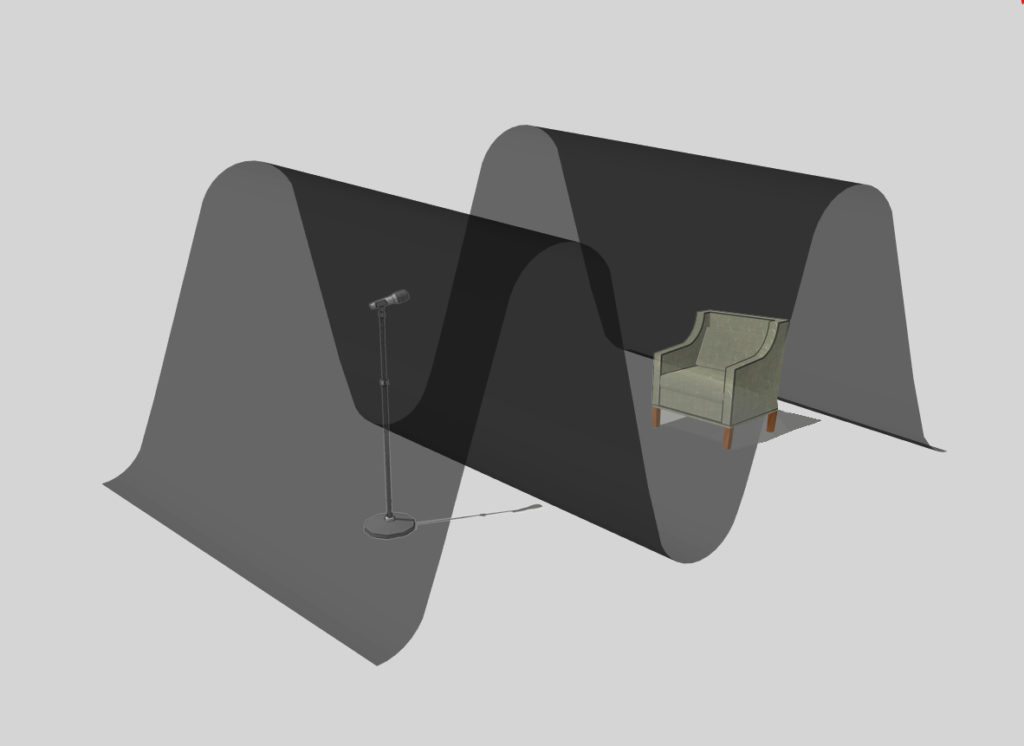
An example of a low frequency pressure wave in our room
Middle & High-Frequency
Our second type of energy is middle and high-frequency energy. It is energy above 100 Hz. This energy is shorter in length and will fit into most rooms. For example a 125 Hz. ray is 9′ long. Middle and high-frequency energy in our rooms are responsible for voice. You can think of these rays of energy like sunlight, due to the fact they are more straight line in their form and are much shorter in length and height. They come from sources such as our speakers and the energy from them strikes our walls inside our rooms and bounce back and forth between those room boundary surfaces. This accumulation of these reflections is termed reverberation. Reverberation produces audible interference in our hearing process and must be managed with the proper type, amount, and positioning of certain acoustic treatment materials.
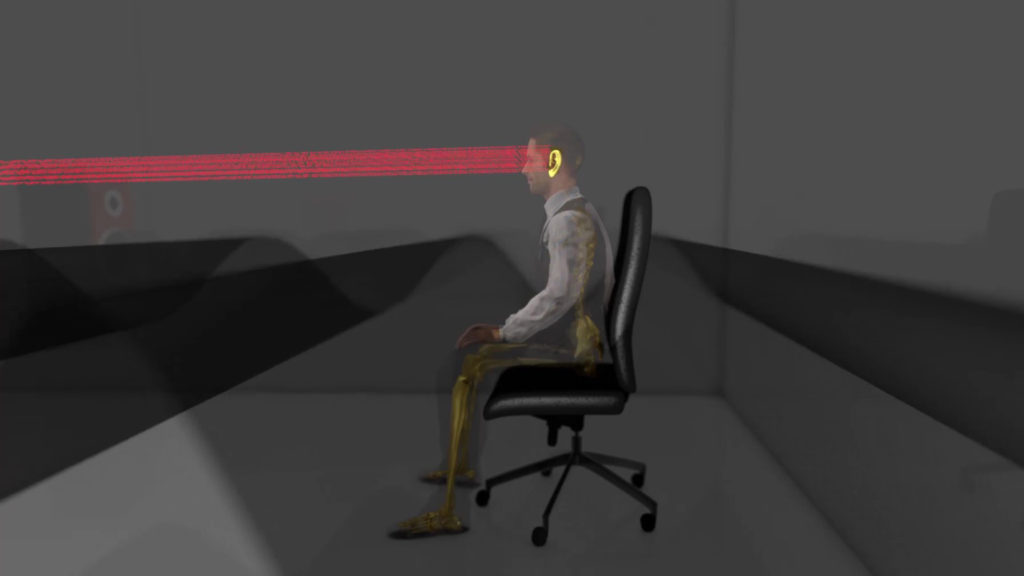
Rays traveling through a room and striking our receivers (Ears)
Waves & Rays in our Room
Waves and rays do two main things in our room. The waves are reluctant visitors since they don’t fit within the room dimensions and rays bounce around everywhere like children on sugar. The waves can try and stay in the room all the time producing distortion or they can leave the room and bother the neighbors. However this staying and leaving requires different technology design approaches and different acoustic treatment materials to deal with the difference in the laws of physics between waves (ocean) or low-frequency energy and rays (sunshine). Different disciplines within the same science but the understanding and successful applications come by understanding where the two disciplines overlap. Success comes in properties that both share.
Vibration Management
Low-frequency (waves) science is all about vibration management and sound attenuation or sound absorption. Vibration management is the science we use for waves (low-frequency energy) to keep them inside the room and not traveling to the neighbor’s house or to our parent’s bedrooms. We must manage the vibrations the low-frequency energy produces when its pressure waves strike our room boundary surfaces. When they strike the walls they produce vibrations that burrow through the wall and exit the other side. We must reduce the vibrational energy signature of the wall to provide the proper amount of vibration attenuation so that the low-frequency energy does not upset the occupants of the other room. In order to reduce this vibration transmission, we must use the correct acoustic treatment materials to minimize vibrations.
Wall Density
For low-frequency energy (waves) it is all about mass or density. These Low-frequency energy waves are long and tall ocean waves. In order to reduce the size of the waves we start by building walls a certain way and using the correct amount of acoustic treatment materials. The technical term we use for these walls that are designed to keep sound in and out of the room is Barrier Technology. Therefore to reduce the amount of energy from a source (speaker) to the receiver (neighbor) we need to build a barrier between the source and the receiver. Furthermore this barrier must be designed using the frequency and amplitude of the noise as its first and foremost criteria.
Measuring the Noise
We have explained that low-frequency energy (waves) are different than middle and high-frequency rays which resemble sunshine. This difference must be reflected in the design of the barrier we choose to build. Our first step is to measure the noise. We measure the noise over a seven day time period since you will be using the room all the time. We can take these measurements with our iPhone. Once we have the numbers each day, we record them onto a data sheet. This datasheet shows the largest amount of energy and the time of day that it occurs. Once we have quantified the frequency and amplitude (strength) of the noise, we can then begin the design process using the correct amount and type of acoustic treatment materials.
- Octave Bands
- Frequencies
Noise Barrier Technology
For noise barrier technology that is composed of lower frequencies, we need to design the barrier construction in a certain way. We start with the external side or the side facing the noise. We need to use the densest material on the side of the wall that is facing the noise source. If the garbage truck is waking you up in the morning, then the barrier that we will build to keep the low-frequency rumble from the garbage truck must have the densest material facing the garbage truck. Because of the density requirement, Acoustic Treatment materials of this type are concrete, steel, and materials that are heavy and have large amounts of mass. The next layer of material in our barrier wall sandwich will be determined by our noise measurements over the seven day time period. Building a barrier is a step-by-step process that must honor the noise measurements.
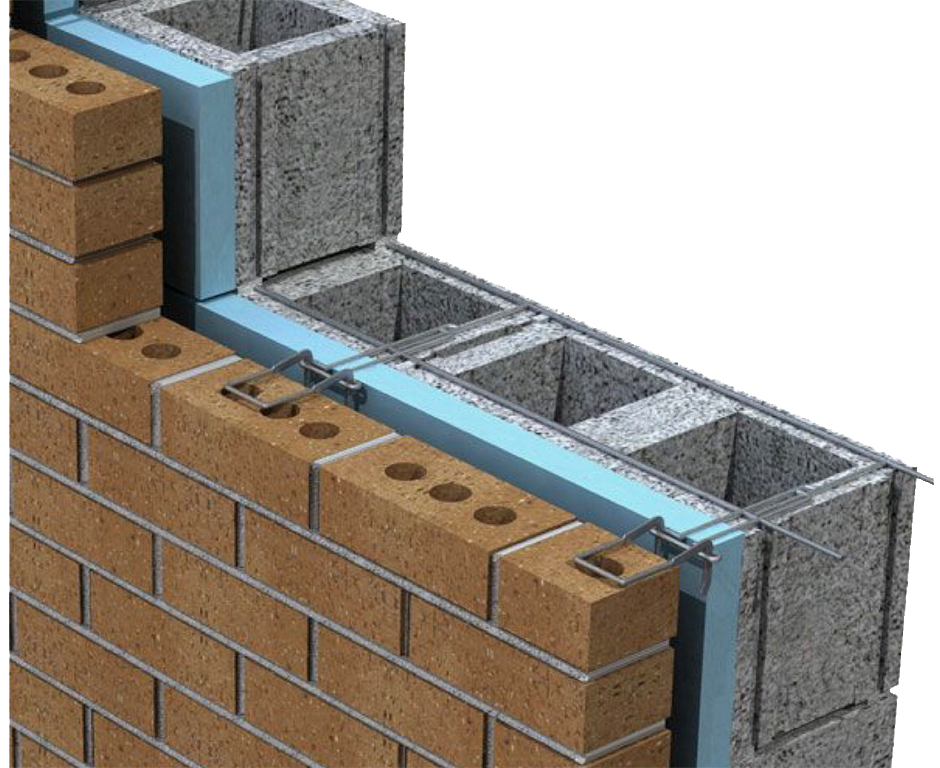
Low-Frequency Barrier
Inside our room is a completely different story. We have low, middle, and high-frequency energy that resides in the room. The energy that has left the room is gone. So we must treat the energy that has decided for whatever the reason to stay within the room. Low-frequency energy is the most difficult to treat inside of our rooms whatever the usage type. This is because every usage from a church, school, classroom, music room has different amounts of energy at different times and intervals. The frequency and amount of energy must be measured. Then the type, amount, and position of all acoustic treatment materials must be taken into consideration. The treatment type and materials we used in our barriers will not be considered for energy within our rooms. What materials do we use for energy within our rooms?
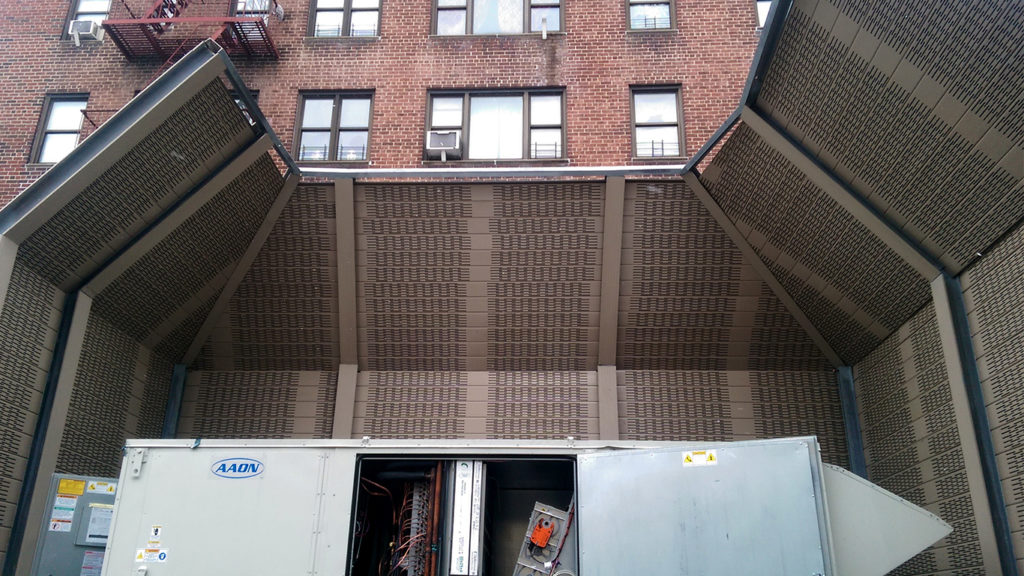
Middle & High-Frequency Barrier
Low-Frequency Treatment Types
Helmholtz
Low-frequency energy has three treatment types. There are Helmholtz, membrane, and diaphragmatic. Helmholtz is a tuned absorber technology that has a tuned port or slot in its top. The width and dimensions of the slot work with the body or cylinder of the absorber with its depth and height. Consequently there are numerous calculations to determine all of these variables. Therefore the design goal of any sound-absorbing technology is to first figure out what frequency you want to absorb at. Then how much of that frequency should you absorb. Helmholtz resonators are designed for a narrow frequency range and smaller amounts of absorption above that chosen, and designed for, frequency range.
- A Helmoholtz Resonator design
- A coke bottle is a Helmholtz Resonator
Membrane
A membrane absorber is a cousin to diaphragmatic. Firstly a membrane absorber has a membrane that has a certain density or rigidity. Secondly the membrane is joined to a cabinet with a certain depth and mass. Third the depth of the cabinet determines how low in frequency the unit will absorb down to. As a result the membrane density, the cabinet depth, and the mass or density of the cabinet all work together to determine how low in frequency the unit will work at and how much it will absorb at that frequency. A membrane absorber will absorb over a wider frequency range than a Helmholtz which will require less surface area coverage or fewer units. Helmholtz is a design that lets you choose certain problematic frequencies and go after them on an individual basis.
- Membrane Interior
- Exploded Membrane
- Membrane Cross-Section
Diaphragmatic
Diaphragmatic is the most powerful of the three low-frequency absorbers. It has a front wall or diaphragm that has a calculated mass or density. The cabinet itself has a certain density and the depth of the cabinet and the internal fill material all work together to determine the overall unit’s performance. A diaphragmatic absorber can weigh over 100 lbs. easily. Because of its mass and depth, you can build the unit to go after frequencies as low as 30 Hz. Diaphragmatic absorbers are broadband meaning they cover a range of frequencies. Therefore the diaphragmatic absorbers from Acoustic Fields are broadband for lower frequencies starting at 30 Hz. and going through 300 Hz. With the addition of our middle and high-frequency foam technology the absorption coverage goes to 6,300 Hz.
- Activated Carbon Diaphragmatic Absorber
- A design example for our Diaphragmatic / Barrier technology
Middle and high-frequency absorption acoustic treatment materials cover a wide range of types and substances. We have lightweight, open-celled foam which can be placed on all wall surfaces to minimize the impact of reflections. Also there are numerous cotton and synthetic materials that can be grouped together to achieve certain rates and levels of absorption for middle and high-frequency absorption. There are also numerous building insulation material types that many companies use to create middle and high-frequency absorption “technologies.” Stay away from these material types. The particles are lighter than air and can be inhaled into your lungs.
In Conclusion
Sound treatment is based upon the frequency and amplitude of the energy you are trying to manage. Whether we are trying to minimize noise (sound) from leaving the room and bothering others or we’re trying to keep the garbage truck noise from waking us up in the morning, we use barrier technology between our ears and the source of the noise. Similarly if we are dealing with the sound within our room, we must treat the excess energy for middle and higher frequencies with technologies that work for those frequency ranges. Before we go after any frequency, we must define it and quantify how much of it we have to deal with before we even think about treatment.
For any additional information regarding this topic or others relating to room acoustics, please contact us directly at:
P: 520 – 392 – 9486
info@acousticfields.com


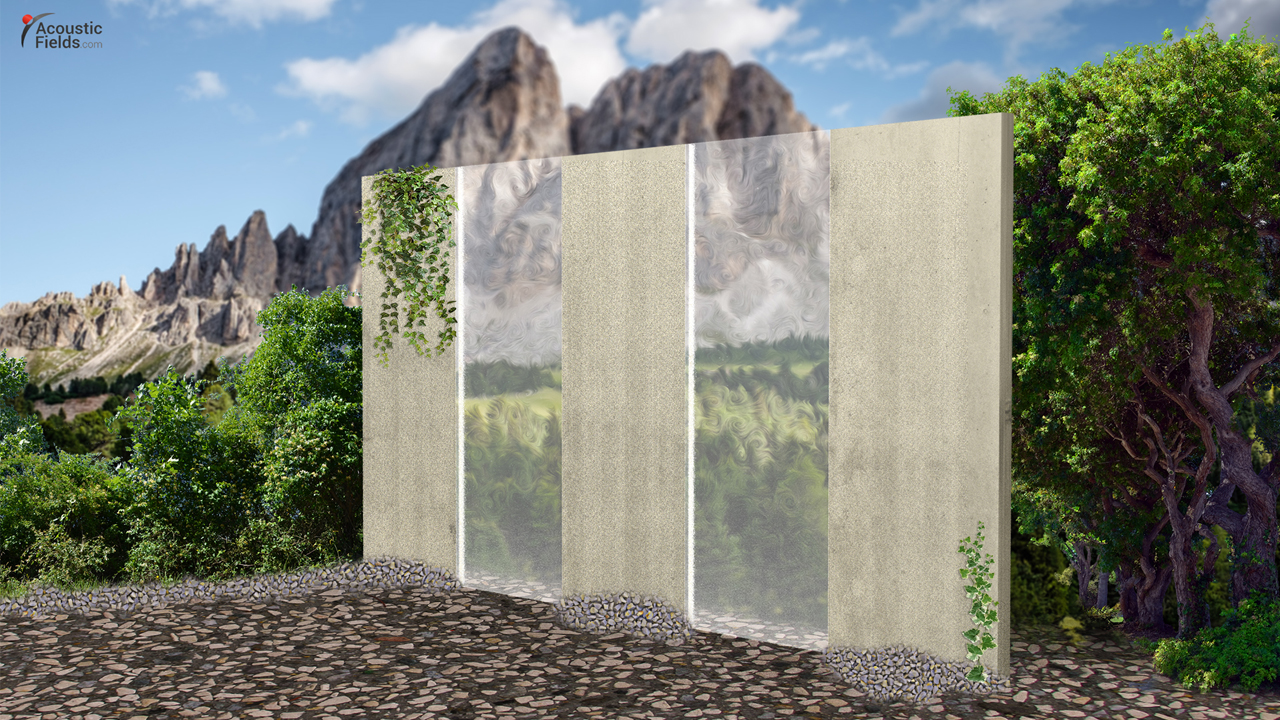
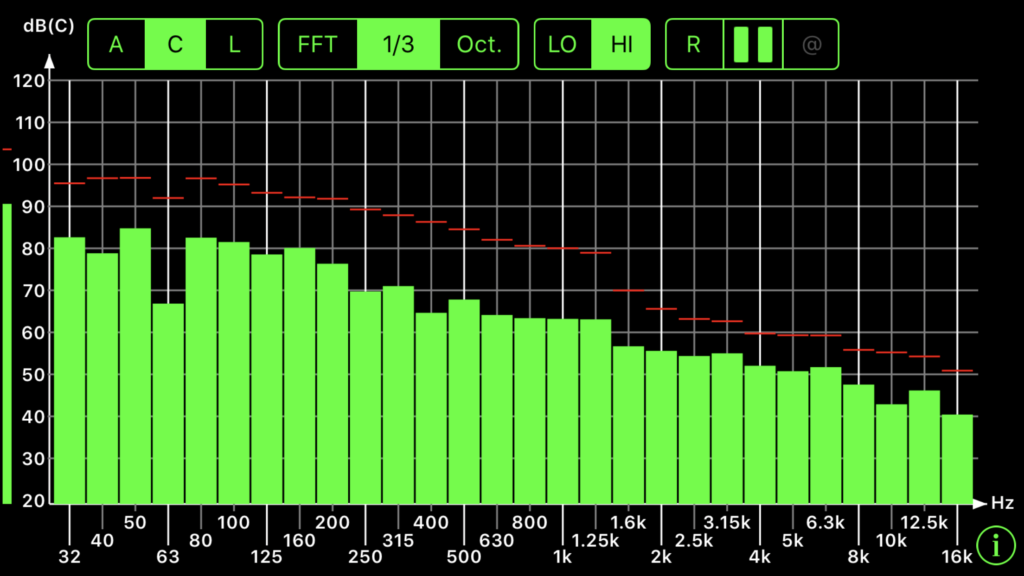
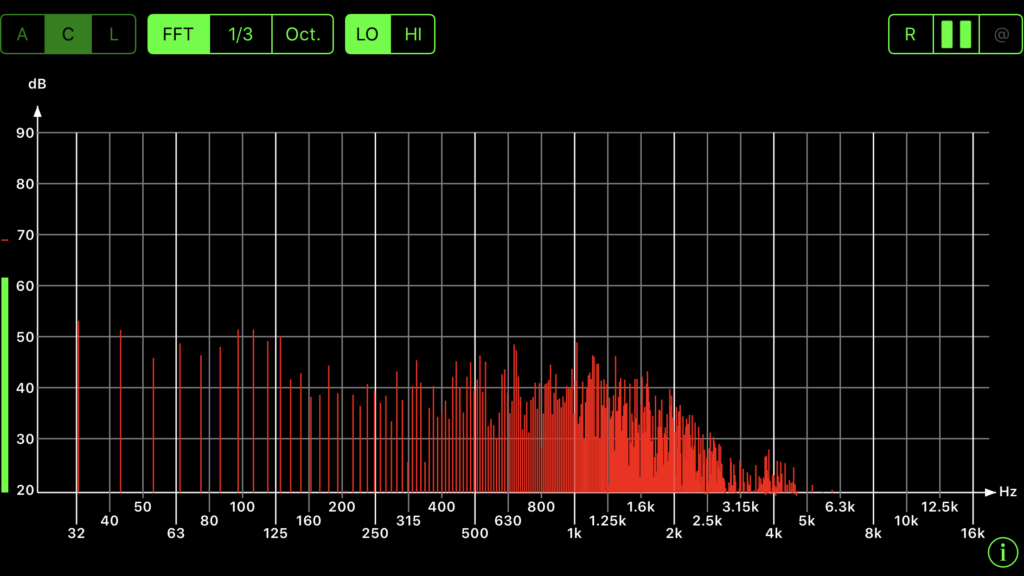
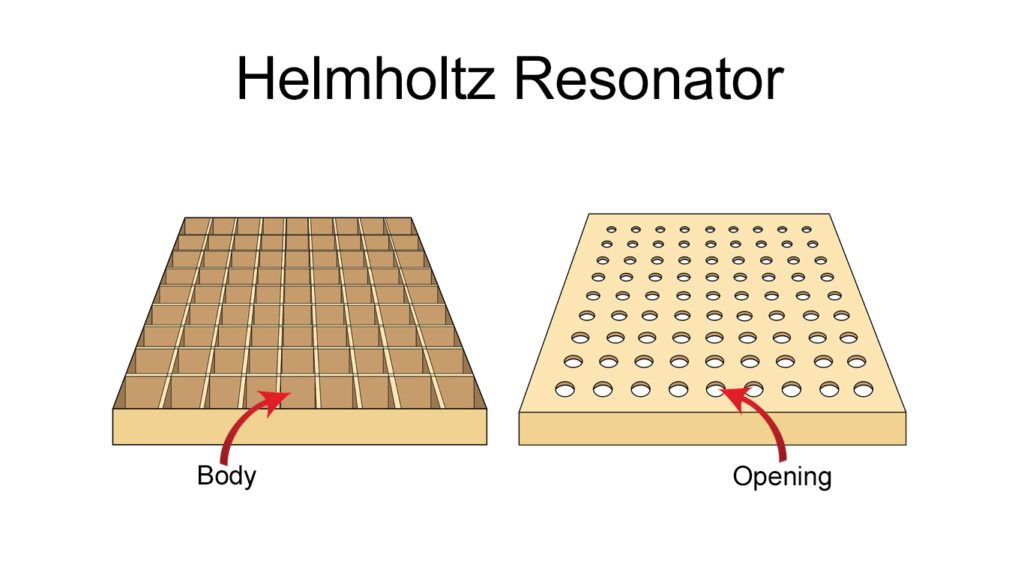
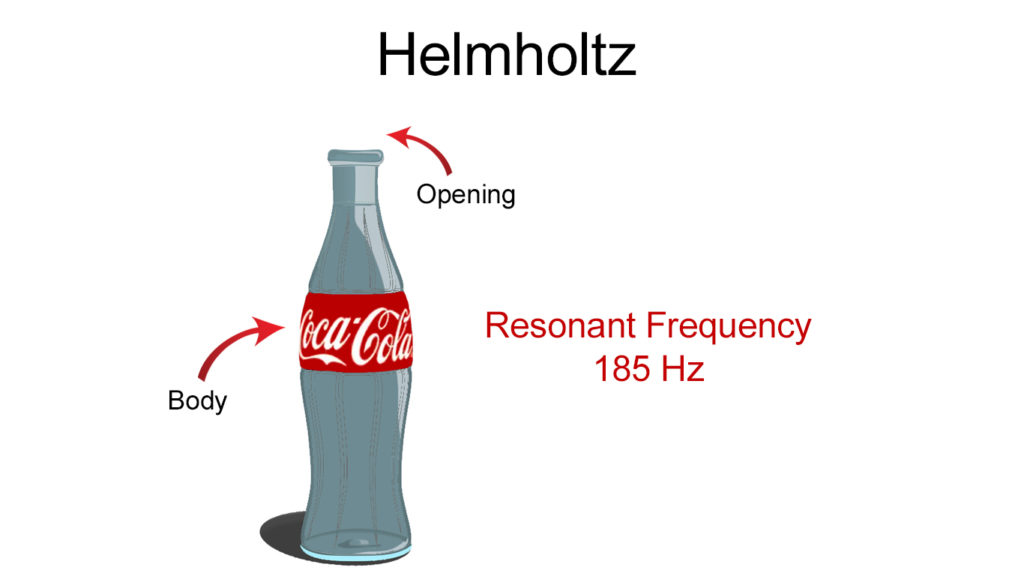
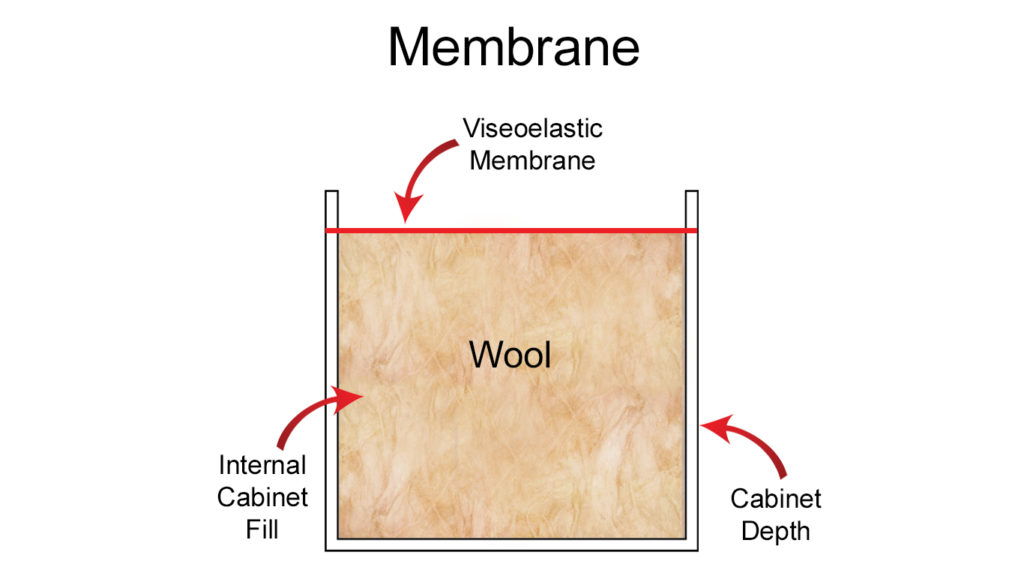
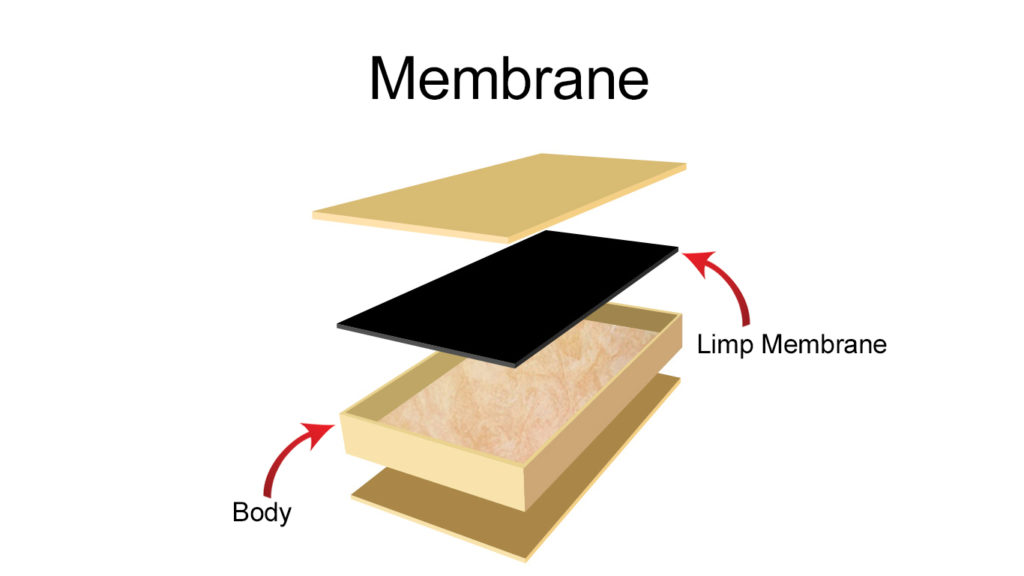
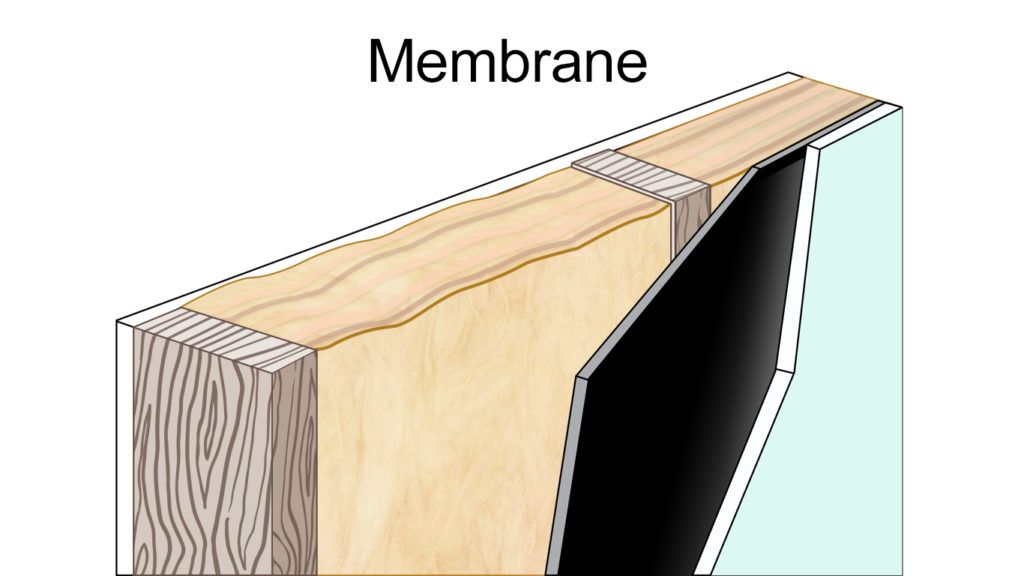
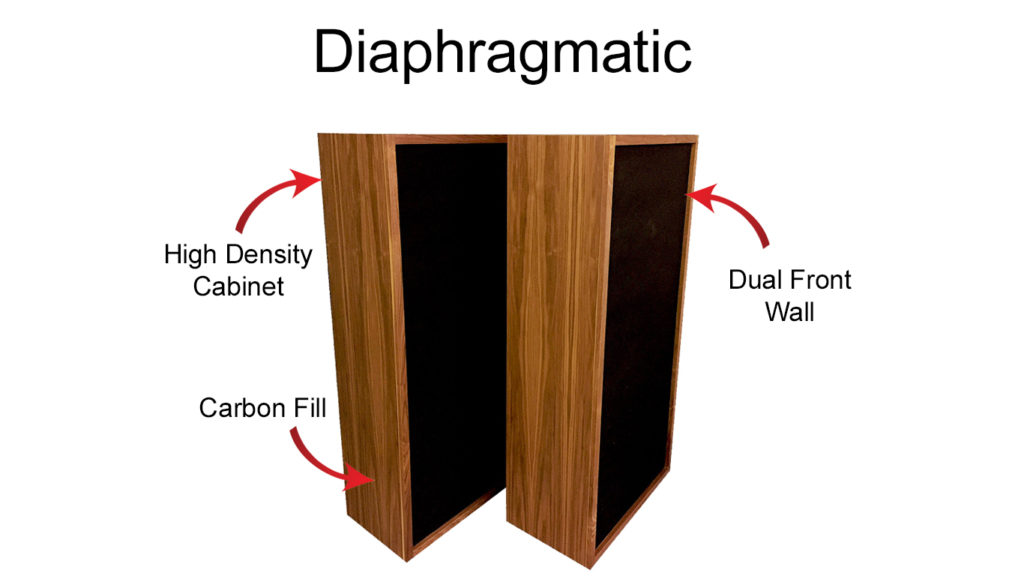
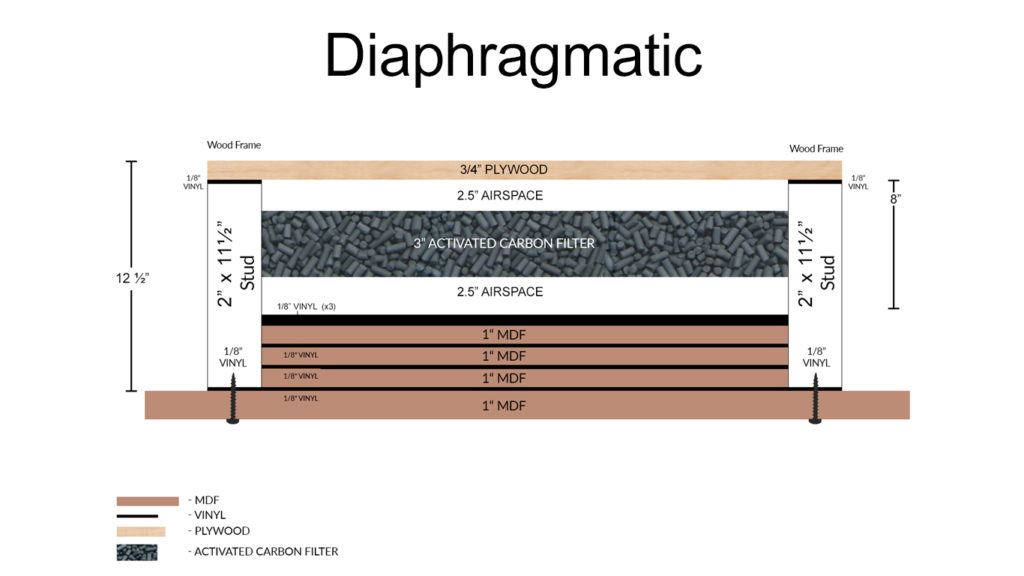





Sir,
My room size is 23’×14’×11.5′ height, is it suitable for make a studio.
S, Fill out the information in this link. Let’s take a total look at your room and usage. https://www.acousticfields.com/free-room-analysis/